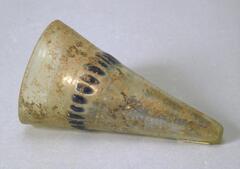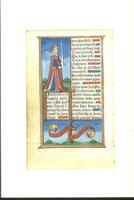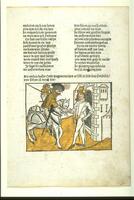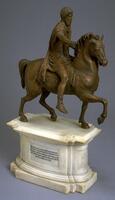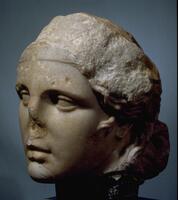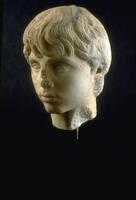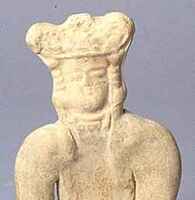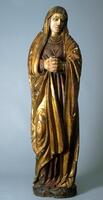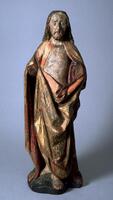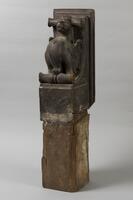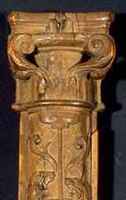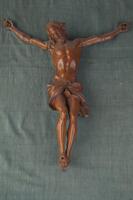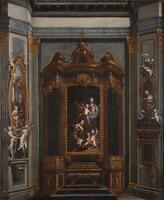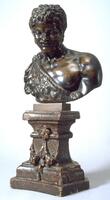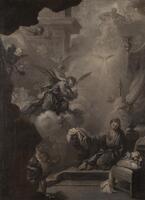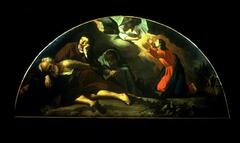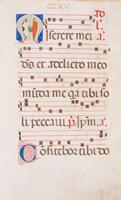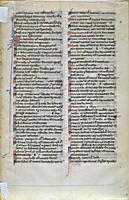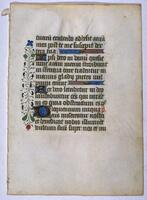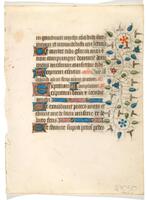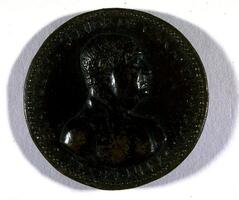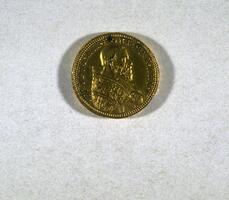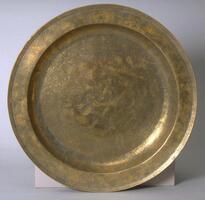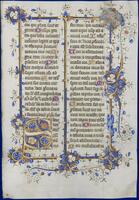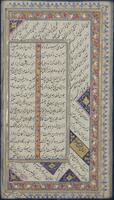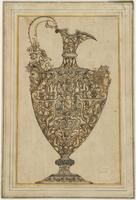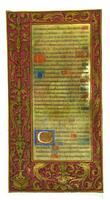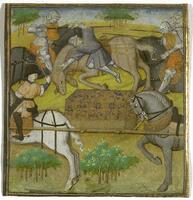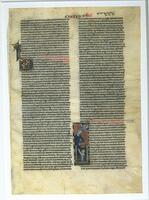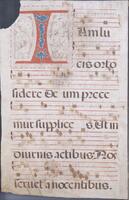46 Items in this Learning Collection
Collection Object
Collection Object
Collection Object
Collection Object
Collection Object
Collection Object
Collection Object
Collection Object
Collection Object
Collection Object
Collection Object
Collection Object
Collection Object
Collection Object
Collection Object
Collection Object
Collection Object
Collection Object
Collection Object
Collection Object
Collection Object
Collection Object
Collection Object
Collection Object
Collection Object
Collection Object
Collection Object
Collection Object
Collection Object
Collection Object
Collection Object
Collection Object
Collection Object
Collection Object
Collection Object
Collection Object
Collection Object
Collection Object
Copyright
All Rights Reserved
()
Bust of a Satyr
Accession Number
1970/1.193
Title
Bust of a Satyr
Artist(s)
Massimiliano Soldani Benzi
Object Creation Date
circa 1695
Medium & Support
bronze on wood base
Dimensions
18 11/16 in. x 9 13/16 in. x 5 11/16 in. ( 47.5 cm x 25 cm x 14.5 cm )
Credit Line
Gift of Anonymous Donors for The Paul Leroy Grigaut Memorial Collection
Label copy
March 28, 2009
Soon after Massimiliano Soldani Benzi, at the age of nineteen, entered the drawing school of the Galleria in Florence, his immense artistic talent brought him to the attention of the Grand Duke Cosimo III de’ Medici. The duke decided to train Soldani to direct the ducal mint, a decision that launched Soldani upon a successful lifelong career working for the dukes of Florence and other members of the European nobility.
Soldani also ran a workshop that produced goldsmith work, bronze medals, and bronze sculpture, often drawing inspiration from ancient statuary and the work of famed artists including Michelangelo and Bernini. The satyr depicted here derives from Greek mythology, in which he was a spirit of the forests and attendant of Dionysus, the god of wine. Half-human and half-goat, satyrs often embodied lechery and drunken excess. Soldani deftly suggests this character through the rakish turn of the satyr’s head and its impish expression—signs of indulgence in an age given to lavish excess on the part of aristocrats such as Soldani’s patrons.
Subject matter
In Greek mythology satyrs were spirits of the forests and mountains and attendants of the god of wine and ecstasy, Dionysus. They were half-human, combining the head and torso of a man with the legs and cloven hooves of a goat, and were often associated with sloth, lechery, and drunken excess.
Physical Description
This small bust-length figure represents a mustached satyr turning his head toward his left. He wears an animal skin tied at his right shoulder over his bare chest. The liquid character of the cast bronze admirably captures the rippling muscles of the satyr's chest and the flowing curls of his hair and the animal pelt.
Primary Object Classification
Sculpture
Primary Object Type
casting
Additional Object Classification(s)
Metalwork
Collection Area
Western
Rights
If you are interested in using an image for a publication, please visit http://umma.umich.edu/request-image for more information and to fill out the online Image Rights and Reproductions Request Form.
Keywords
bronzes (visual works)
literary theory
satyrs
1970/1.193
Title
Bust of a Satyr
Artist(s)
Massimiliano Soldani Benzi
Object Creation Date
circa 1695
Medium & Support
bronze on wood base
Dimensions
18 11/16 in. x 9 13/16 in. x 5 11/16 in. ( 47.5 cm x 25 cm x 14.5 cm )
Credit Line
Gift of Anonymous Donors for The Paul Leroy Grigaut Memorial Collection
Label copy
March 28, 2009
Soon after Massimiliano Soldani Benzi, at the age of nineteen, entered the drawing school of the Galleria in Florence, his immense artistic talent brought him to the attention of the Grand Duke Cosimo III de’ Medici. The duke decided to train Soldani to direct the ducal mint, a decision that launched Soldani upon a successful lifelong career working for the dukes of Florence and other members of the European nobility.
Soldani also ran a workshop that produced goldsmith work, bronze medals, and bronze sculpture, often drawing inspiration from ancient statuary and the work of famed artists including Michelangelo and Bernini. The satyr depicted here derives from Greek mythology, in which he was a spirit of the forests and attendant of Dionysus, the god of wine. Half-human and half-goat, satyrs often embodied lechery and drunken excess. Soldani deftly suggests this character through the rakish turn of the satyr’s head and its impish expression—signs of indulgence in an age given to lavish excess on the part of aristocrats such as Soldani’s patrons.
Subject matter
In Greek mythology satyrs were spirits of the forests and mountains and attendants of the god of wine and ecstasy, Dionysus. They were half-human, combining the head and torso of a man with the legs and cloven hooves of a goat, and were often associated with sloth, lechery, and drunken excess.
Physical Description
This small bust-length figure represents a mustached satyr turning his head toward his left. He wears an animal skin tied at his right shoulder over his bare chest. The liquid character of the cast bronze admirably captures the rippling muscles of the satyr's chest and the flowing curls of his hair and the animal pelt.
Primary Object Classification
Sculpture
Primary Object Type
casting
Additional Object Classification(s)
Metalwork
Collection Area
Western
Rights
If you are interested in using an image for a publication, please visit http://umma.umich.edu/request-image for more information and to fill out the online Image Rights and Reproductions Request Form.
Keywords
bronzes (visual works)
literary theory
satyrs


